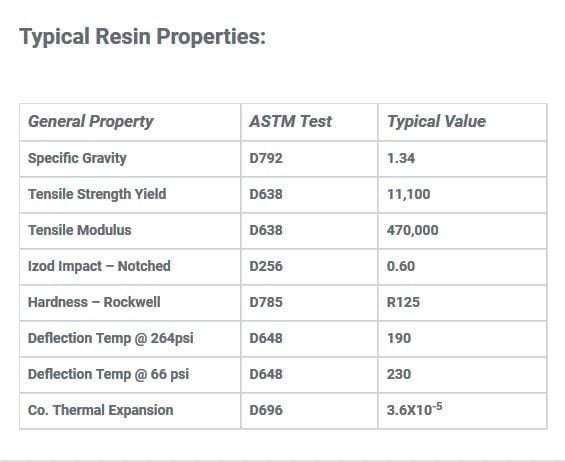PET and PBT – Polyethylene Terephthalate
Superior wear resistant material
Thermoplastic Polyester, PET and PBT
PET and PBT are rigid thermoplastic, and have exceptional physical properties
PET and PBT materials are used frequently in a self lubricating bearing surface or slide type applications. Resistant to most common chemicals.
Commonly replaces aluminum, Acetal/Delrin® and Nylon. Used frequently in Food and Dairy processing, material handling and automotive.
Other brand or trade names are: Tecapet®, Tecadur®, Ertalyte®, Ensitep®, Hydex®, Sustadur®, Celanx®, Duranex®, Urtaldur®, Valox®, Rynite®, and Hostadur®.
A new PBT material is available from Ensinger, called 4101 UD Blue. This material is one of the first “ultra detectable” plastic materials. This material is visually detectable by standard equipment, metal detectable and X-Ray detectable by standard equipment in food processing plants. Detectable plastics can help eliminate the massive recalls we have seen from food processing plants.
These properties are for evaluation purposes only. This information is not to be construed as a warranty, guarantee or assurance that you may achieve the same results. Materials made from different resin types, manufacturing techniques and manufacturers will react differently. The information should be used to compare against other materials only, and each user should make his own tests to determine suitability. No warranty as to this materials suitability are either expressed nor implied.

